Filter by
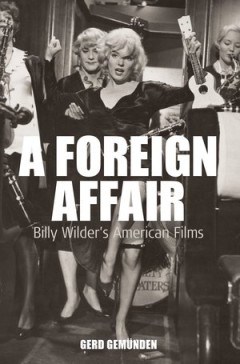
A Foreign Affair: Billy Wilder's American Films
With six Academy Awards, four entries on the American Film Institute’s list of 100 greatest American movies, and more titles on the National Historic Register of classic films deemed worthy of preservation than any other director, Billy Wilder counts as one of the most accomplished filmmakers ever to work in Hollywood. Yet how American is Billy Wilder, the Jewish émigré from Central Europe?…
- Edition
- -
- ISBN/ISSN
- 9781845454180
- Collation
- 206
- Series Title
- -
- Call Number
- 791.43 GEM f
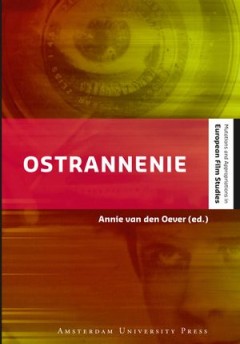
Ostrannenie. on "Strangeness" and the Moving Image. the History, Reception, a…
Ostrannenie (‘making it strange’) has become one of the central concepts of modern artistic practice, ranging over movements including Dada, postmodernism, epic theatre, and science fiction, as well as our response to arts. Coined by the ‘Russian Formalist’ Viktor Shklovsky in 1917, ostrannenie has come to resonate deeply in Film Studies, where it entered into dialogue with the Brechtia…
- Edition
- -
- ISBN/ISSN
- 9789089640796
- Collation
- -
- Series Title
- -
- Call Number
- 791.43 OEV o
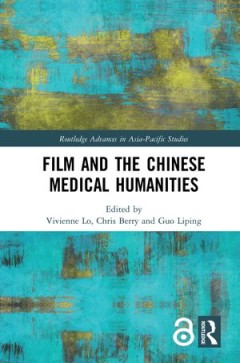
Film and the Chinese Medical Humanities
Film and the Chinese Medical Humanities is the first book to reflect on the power of film in representing medical and health discourse in China in both the past and the present, as well as in shaping its future. Drawing on both feature and documentary films from mainland China, the chapters each engage with the field of medicine through the visual arts. They cover themes such as the history of …
- Edition
- -
- ISBN/ISSN
- 9780429017407
- Collation
- -
- Series Title
- -
- Call Number
- 791.43 FIL f
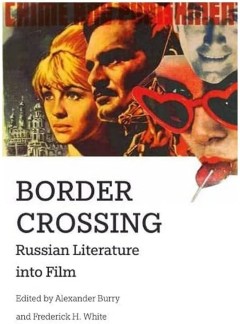
Border Crossing : Russian Literature into Film
Each time a border is crossed there are cultural, political and social issues to be considered. Applying the metaphor of the ‘border crossing' from one temporal or spatial territory into another, this book examines the way classic Russian texts have been altered to suit new cinematic environments. In these essays, international scholars examine how political and economic circumstances �
- Edition
- -
- ISBN/ISSN
- 9781474411424
- Collation
- 272 halaman
- Series Title
- -
- Call Number
- 800 BUR b
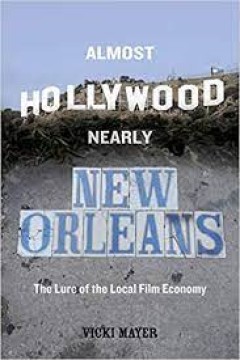
Almost Hollywood, Nearly New Orleans : The Lure of the Local Film Economy
Early in the twenty-first century, Louisiana, one of the poorest states in the United States, redirected millions in tax dollars from the public coffers in an effort to become the top location site globally for the production of Hollywood films and television series. Why would lawmakers support such a policy? Why would citizens accept the policy’s uncomfortable effects on their economy and cu…
- Edition
- -
- ISBN/ISSN
- 9780520967175
- Collation
- -
- Series Title
- -
- Call Number
- 791.43 MAY a
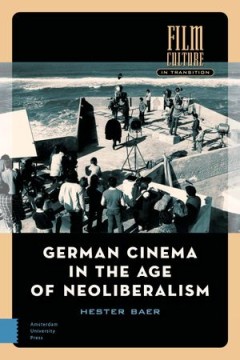
German Cinema in the Age of Neoliberalism
This book presents a new history of German film from 1980-2010, a period that witnessed rapid transformations, including intensified globalization, a restructured world economy, geopolitical realignment, and technological change, all of which have affected cinema in fundamental ways. Rethinking the conventional periodization of German film history, Baer posits 1980-rather than 1989-as a crucial…
- Edition
- -
- ISBN/ISSN
- 9789048551958
- Collation
- -
- Series Title
- -
- Call Number
- -
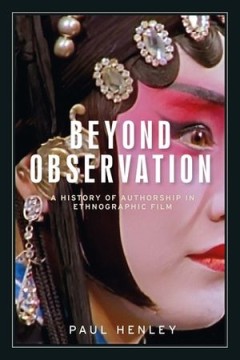
Beyond observation A history of authorship in ethnographic film
Beyond Observation is structured by the argument that the 'ethnographicness' of a film should not be determined by the fact that it is about an exotic culture - the popular view - nor because it has apparently not been authored - a long-standing academic view - but rather because it adheres to the norms of ethnographic practice more generally. On these grounds, the book covers a large number of…
- Edition
- -
- ISBN/ISSN
- 9781526147295
- Collation
- -
- Series Title
- -
- Call Number
- -
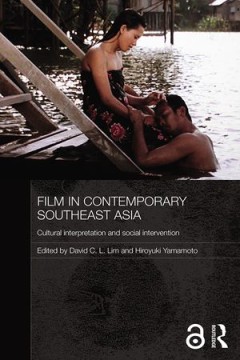
Film in Contemporary Southeast Asia: Cultural Interpretation and Social Inter…
This book discusses contemporary film in all the main countries of Southeast Asia, and the social practices and ideologies which films either represent or oppose. It shows how film acquires signification through cultural interpretation, and how film also serves as a site of contestations between social and political agents seeking to promote, challenge, or erase certain meanings, messages or id…
- Edition
- -
- ISBN/ISSN
- 9781136592478
- Collation
- -
- Series Title
- -
- Call Number
- 791.43 FIL f
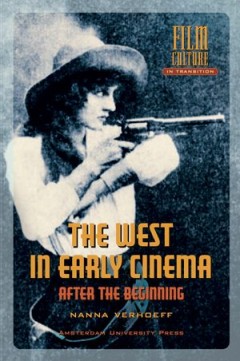
The West in Early Cinema: After the Beginning
Verhoeff investigates the emergence of the western genre, made in the first two decades of cinema (1895-1915). By analyzing many unknown and forgotten films from international archives she traces the relationships between films about the American West, their surrounding films, and other popular media such as photography, painting, (pulp) literature, Wild West Shows and popular ethnography. Thro…
- Edition
- -
- ISBN/ISSN
- 9789053568316
- Collation
- -
- Series Title
- -
- Call Number
- 791.43 VER w
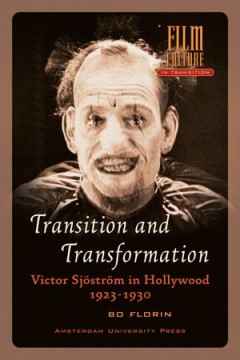
Transition and Transformation
In 1923, Victor Sjöström (1879-1960) got an offer from Goldwyn Pictures to come to Hollywood. This was nothing unusual for a successful European director: - Metro's bring - ing them in by car load - , as Photoplay stated in 1926. At the time, Sjöström was Sweden's most renowned director, who had become world famous for his austere and naturalistic film style. Sjöström stayed in Hollywood …
- Edition
- -
- ISBN/ISSN
- 9789089645043
- Collation
- -
- Series Title
- -
- Call Number
- 791.43 FLO t
 Computer Science, Information & General Works
Computer Science, Information & General Works  Philosophy & Psychology
Philosophy & Psychology  Religion
Religion  Social Sciences
Social Sciences  Language
Language  Pure Science
Pure Science  Applied Sciences
Applied Sciences  Art & Recreation
Art & Recreation  Literature
Literature  History & Geography
History & Geography